Pantherpedia: A guide to the cottage industry of essays about Ryan Cooglerâs âBlack Pantherâ
Have you heard about the little movie that tells the story of a royal man-feline named TâChalla who is powered by vibranium and defends a secret African paradise named Wakanda?
Ryan Cooglerâs âBlack Pantherâ is not just an epic comic-book action flick â it could approach the $1-billion mark globally after its opening in China this weekend â the movie is a full-blown cultural phenomenon, generating a cottage industry of cultural criticism that touches on a spectacular array of topics, including racial politics, geopolitics, gender issues, beauty standards, design and urbanism. (Hello, Wakandan municipal transit system!)
In fact, there are so many takes on âBlack Pantherâ that New York-based educator Roberto Soto-Carrion has helpfully compiled dozens of analytical stories related to the film and the âBlack Pantherâ comics in general into a 14-page Google Doc called âThe Black Panther Reader.â
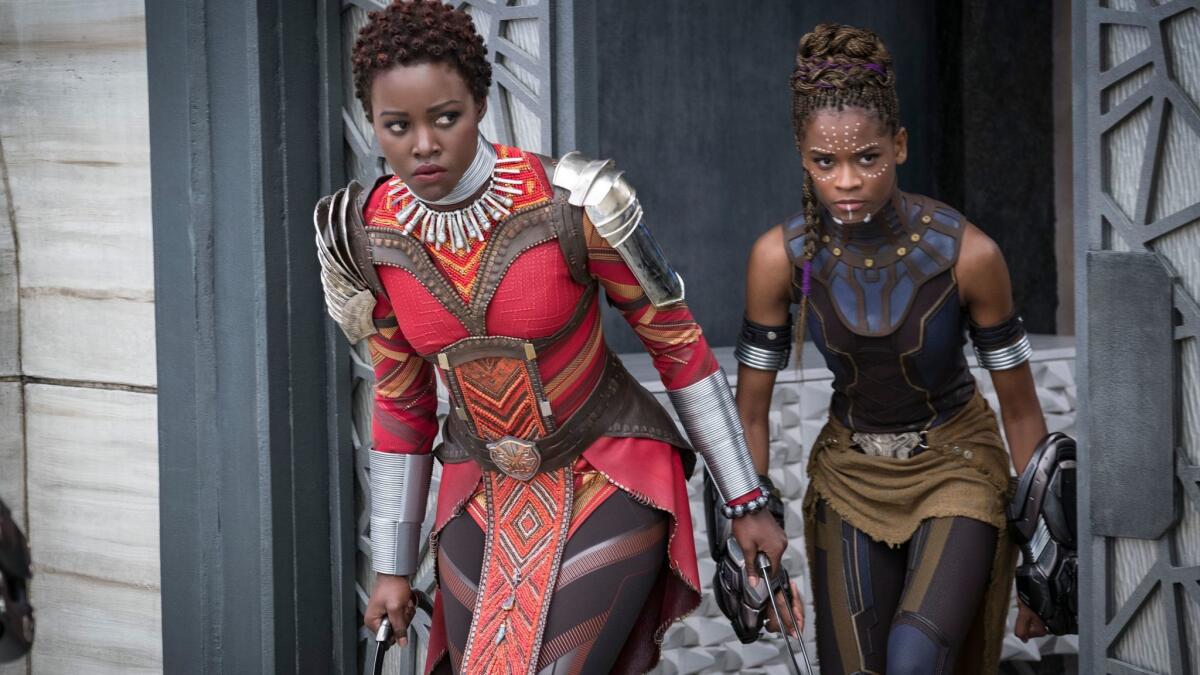
For those who donât have a spare month to pore over that excellent document â or to seek out additional worthy reading on the subject â weâve come up with our own abbreviated Pantherpedia. (Warning: spoilers, ahead.)
American history
The roots of the fictional Wakanda â a utopic African nation untouched by slavery â lie, to some degree, in the Americas, writes historian N.B.D. Connolly, of Johns Hopkins University, in an engaging essay in the Hollywood Reporter.
He refers to the autonomous settlements of escaped slaves known as âmaroonsâ that established themselves in corners of Jamaica, Suriname and Saint-Domingue (otherwise known as Haiti) during the colonial era. And thereâs the slave-led uprising that led to Haitiâs independence in 1804 â a free black nation decades before slavery came to an end in the U.S.
âWakanda might not be Haiti, it's true,â writes Connolly. âBut it's what Haiti was before such a place even existed. It's a dream and a wish spoken into the wind.â
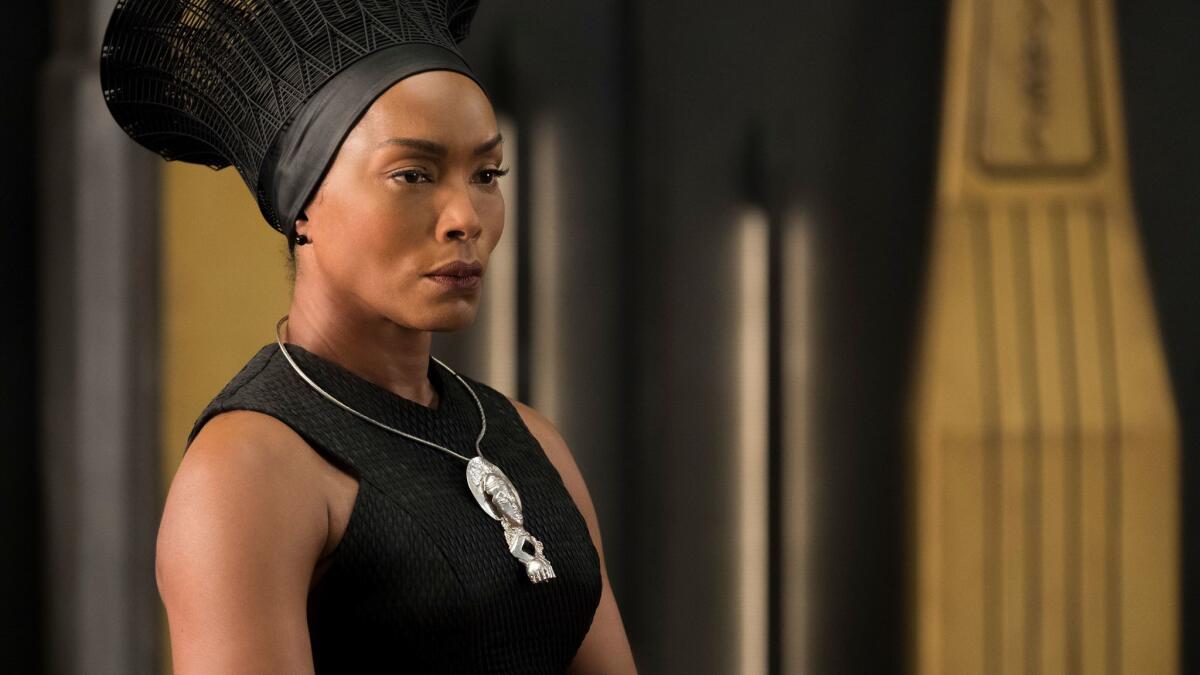
An African present
The idea of Wakanda also echoes the history of the few African nations that were never colonized by Europeans, such as Ethiopia.
In an enlightening article on Longreads, Eritrean American writer Rawaha Haile considers how âBlack Pantherâsâ narrative of liberation might read in that country, currently plagued by civil unrest.
âIn Addis Ababa,â she writes, ââBlack Pantherâ spent its opening weekend sold out five times a day out of a possible five showings. A question I repeatedly found myself asking is where Africans watching this film fit within the Afrofuturist possibility of Wakanda? How do you watch the dream of Africa, set within the real Africa, created by filmmakers in the diaspora, and then emerge to martial law?â
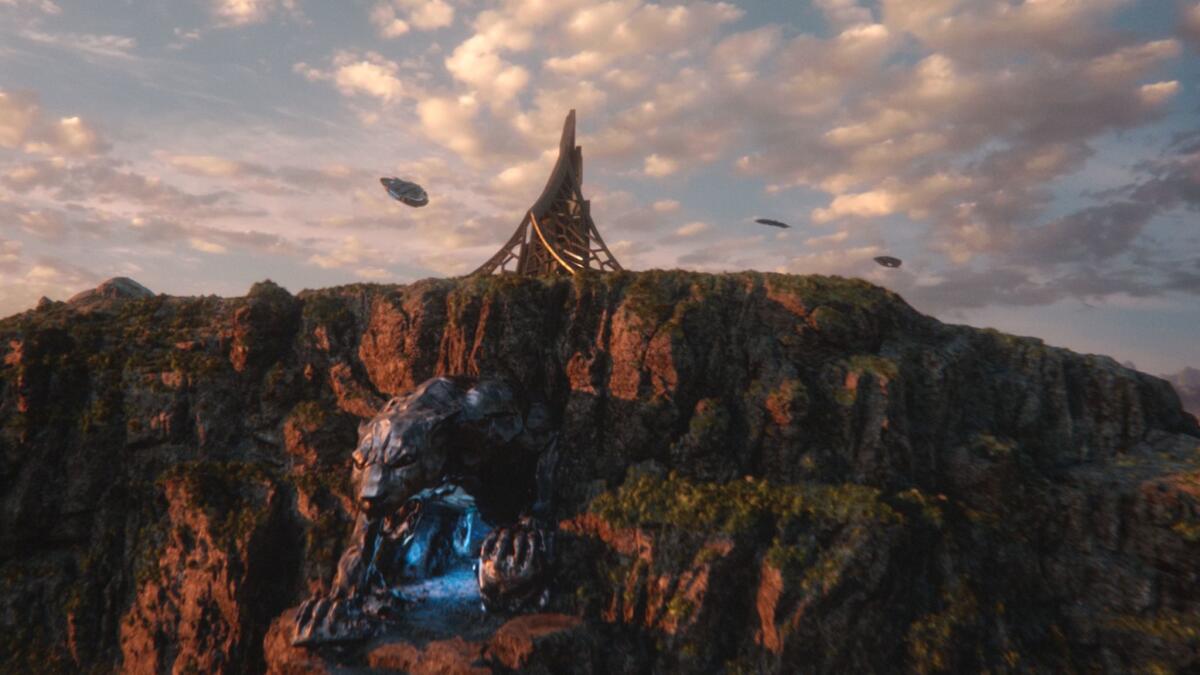
Connecting to Afrofuturism
The film dwells in science fiction: a feline superhero, impossible technologies, the powerful vibranium from which Wakanda draws its power. In an exquisite piece in the New York Times Magazine, essayist Carvell Wallace looks beyond the sci-fi to examine how âBlack Pantherâ embodies the fantastical in relation to the black experience.
âThe artistic movement called Afrofuturism, a decidedly black creation, is meant to go far beyond the limitations of the white imagination,â he writes. âIt isnât just the idea that black people will exist in the future, will use technology and science, will travel deep into space. It is the idea that we will have won the future. There exists, somewhere within us, an image in which we are whole, in which we are home. Afrofuturism is, if nothing else, an attempt to imagine what that home would be. âBlack Pantherâ cannot help being part of this.â
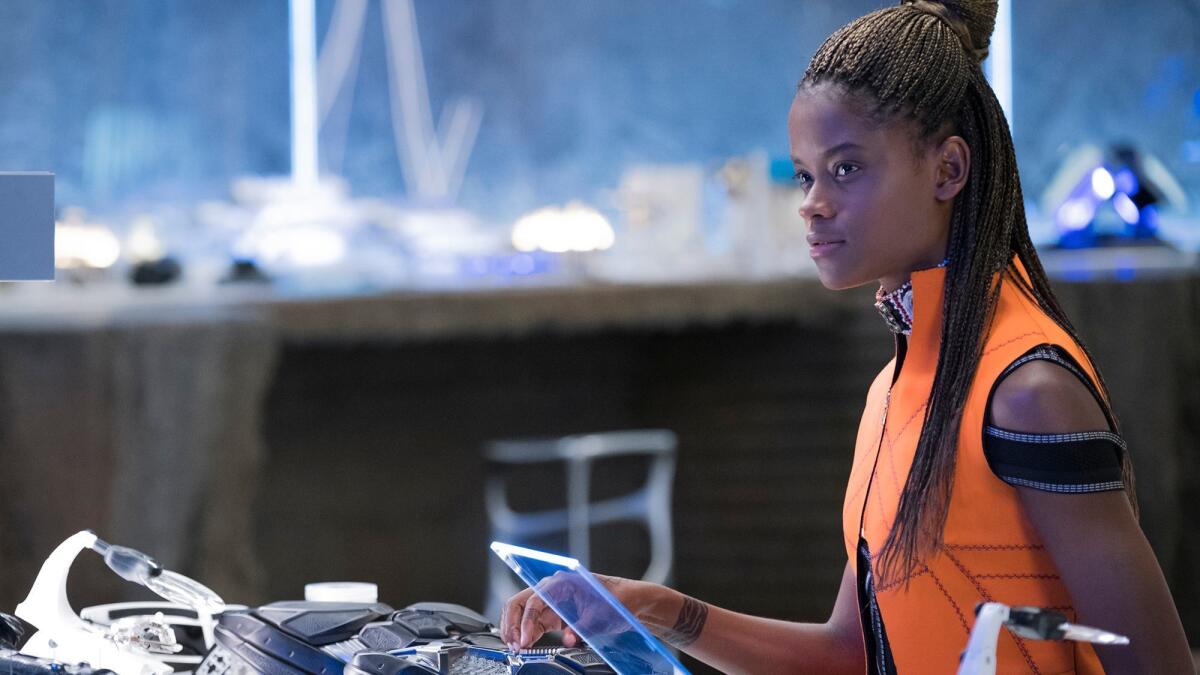
Killmongerâs character
Killmonger as a villain has inspired endless theorizing: the Wakandan boy who is abandoned in the U.S. after his father is murdered, he returns to seize the throne and turn the secretive kingdom into a tool for black liberation.
At the Boston Review, Johns Hopkins scholar Christopher Lebron takes issue with the characterâs depiction: âRather than the enlightened radical, he comes across as the black thug from Oakland, hell bent on killing for killingâs sake... The abundant evidence of his efficacy does not establish Killmonger as a hero or villain so much as a receptacle for tropes of inner-city gangsterism.â
But political writer and editor Adam Serwer at the Atlantic says thatâs a mistaken reading of the character.
âKillmonger is not a product of the ghetto, so much as he is a product of the American military-industrial complex,â he writes, noting the characterâs imperial ambitions.
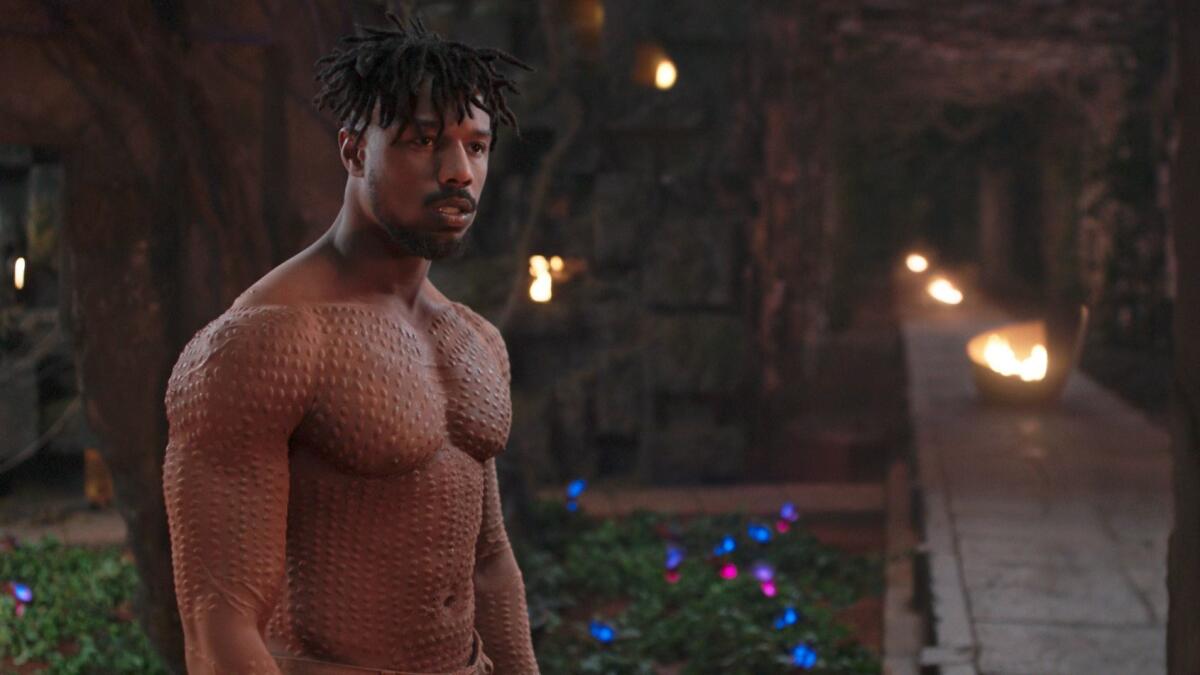
ââBlack Pantherâ does not render a verdict that violence is an unacceptable tool of black liberation â to the contrary, that is precisely how Wakanda is liberated,â he writes. âIt renders a verdict on imperialism as a tool of black liberation, to say that the masterâs tools cannot dismantle the masterâs house.â
Americans in Africa
On a related subject, numerous essays explore the ways in which Killmongerâs journey mirrors the ways in which black Americans seek to reconnect with Africa, a continent that is no longer their own.
âOur AncestryDNA results donât exactly lead us into the open arms of our ancestral cousins,â writes novelist Brooke Obie on the cinematic website Shadow and Act. âWe are a homeless people, not welcomed anywhere. If Wakanda is the Black Promised Land, then we are its forgotten children, sold away, left behind, rejected, condescended to.â
Huffington Post opinion editor Jolie A. Doggett expresses a similar idea (with a touch of humor): âI know itâs not a real place, but if Wakanda were real, would its people actually let my black ass in? According to every Wakandan in this movie, not likely.â
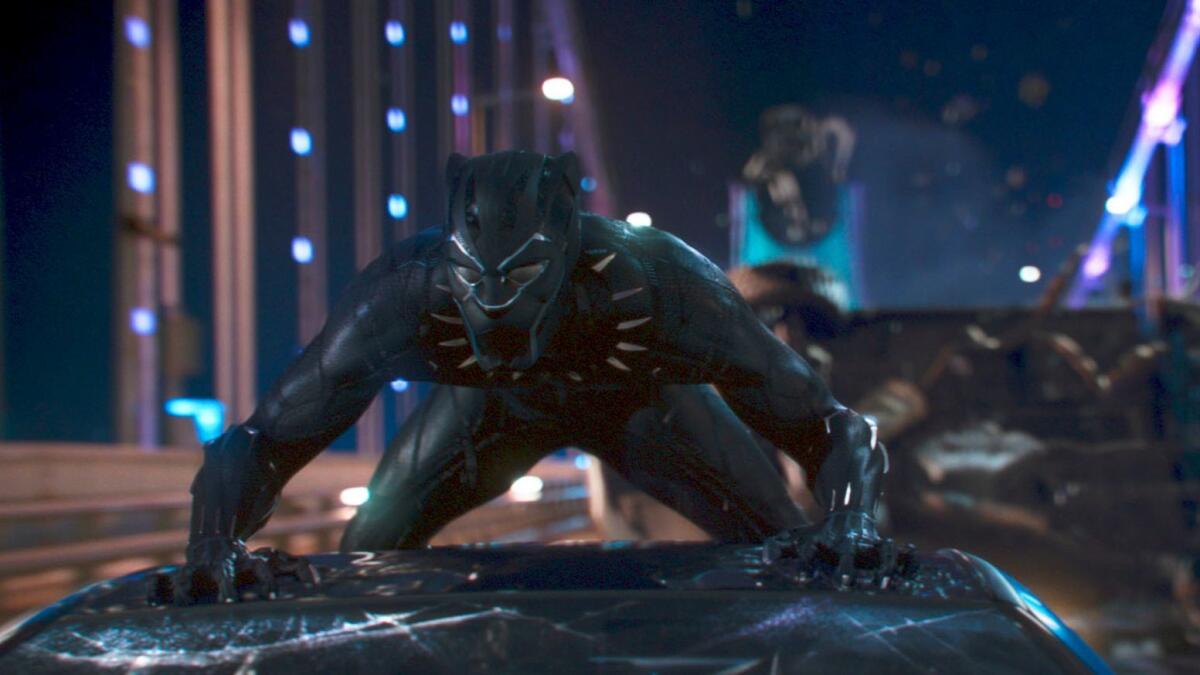
Critical views
If âBlack Pantherâ has been hailed, its every last second of screen time has also been critically parsed.
American historian Russell Rickford, in an essay on the website Africa is a Country, states that Wakanda may serve as a beacon of hope, but it is also a symbol of âconservative nationalism.â
As blacks in the diaspora are brutalized, âWakandans remain detached, surrounded by luxury and comfort in what amounts to an enormous gated community,â he writes. âIn other words, they behave like any other modern capitalist elite.â
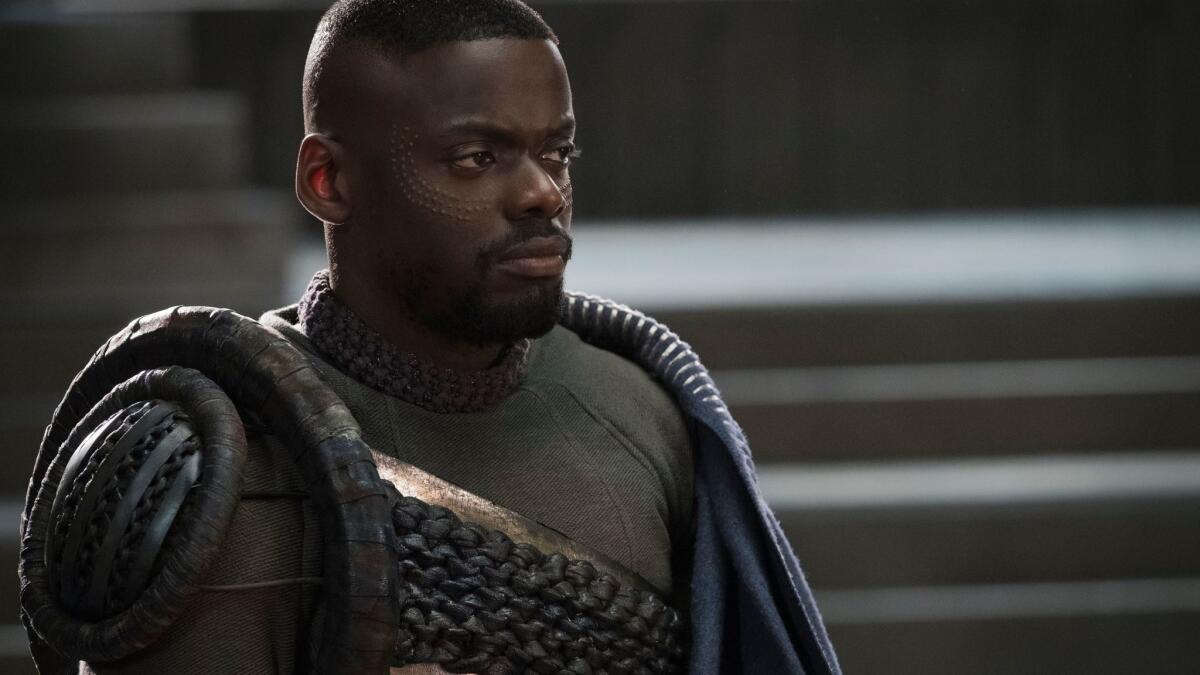
On the same site, writer Boima Tucker, whose family hails from Sierra Leone, notes that ââBlack Pantherâsâ depiction of the African continent is not any more complex than any other in the history of Hollywood.â
âThe Africa of Wakanda,â he adds, âresembles more an undifferentiated African stew floating in the red, black and green universe somewhere between Kwanza and Kente.â
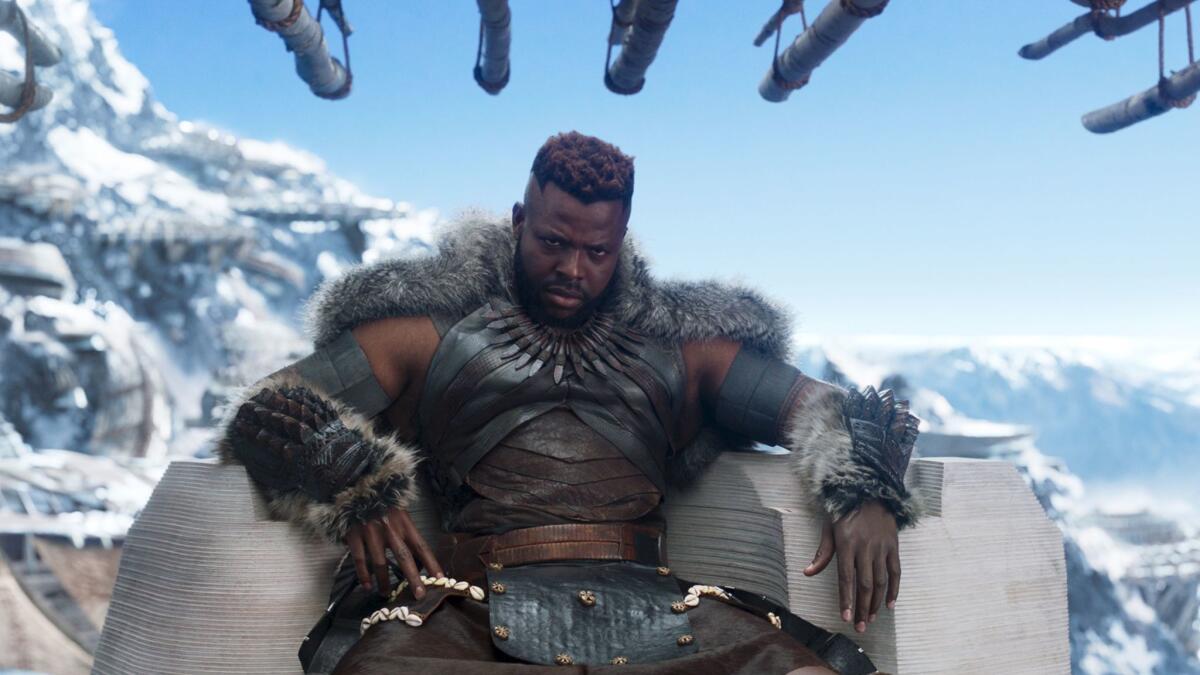
Inventing Africa
Cooglerâs vision of Africa may be an invented, slightly homogenized one. But it raises the question of how the real Africa is perceived by the Western imagination.
âBlack Panther,â writes New Yorker staff writer Jelani Cobb, âexists in an invented nation in Africa, a continent that has been grappling with invented versions of itself ever since white men first declared it the âdark continentâ and set about plundering its people and its resources. This fantasy of Africa as a place bereft of history was politically useful, justifying imperialism.â
In its creation of the fictional African nation of Wakanda, the film also takes stereotypical symbols of Africa and inverts them, says Zambian novelist Namwalli Serpell â who analyzes the weaponry employed in the film in the New York Review of Books.
ââBlack Pantherâsâ speculative fantasy does not simply reverse these stereotypes about Africa; it complicates them,â she writes â noting the way in which one character dismisses guns as âprimitive.â âWe see plenty of Wakandan weaponry that might be considered âprimitiveâ or âsavageâ: swords, daggers, scimitars, shields, and even beasts â trained, armored rhinoceroses that seem part horse, part tank.â
But in Wakanda, itâs the weaponry of choice.
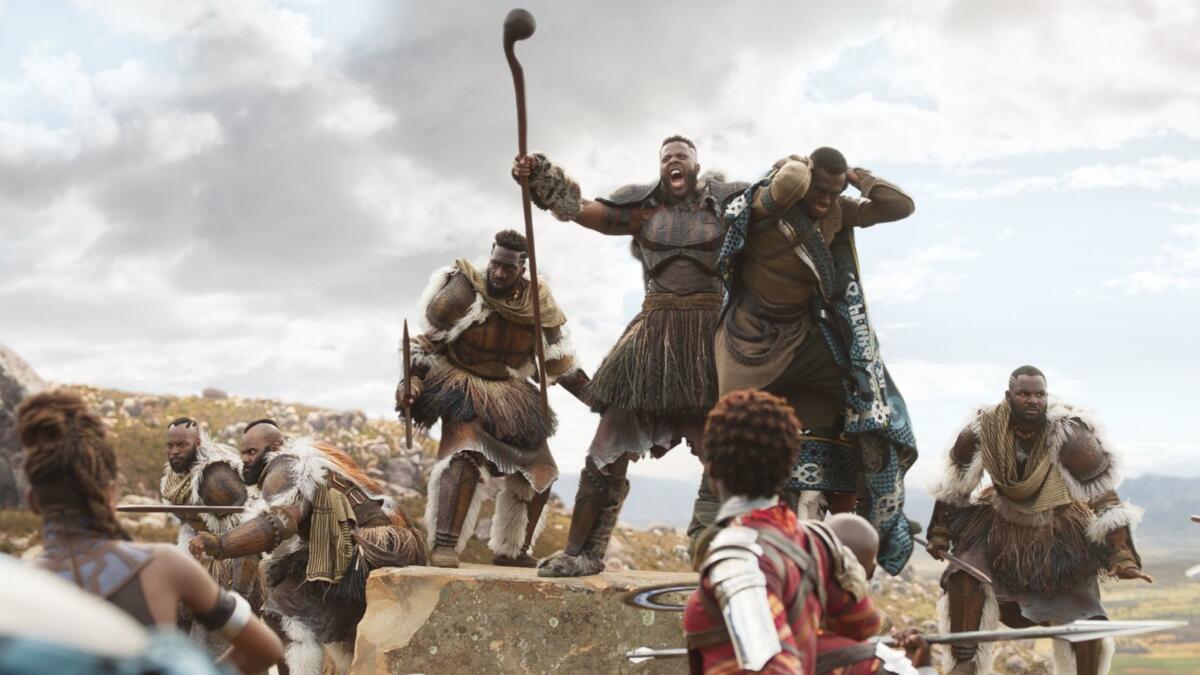
Women warriors
The strong female characters in âBlack Pantherâ have not gone unnoticed. Essays about about the Dora Milaje, the female warriors that protect TâChalla, abound. But as writer R. Eric Thomas notes in a column in Elle, the presence of women goes beyond simple butt-kicking.
He describes a crucial moment in which Nakia (played by Lupita Nyongâo) and Okoye (Danai Gurira) discuss the uncertain future of the Wakandan state.
âIt's a rare moment in film and almost unheard of in the Marvel Cinematic Universe: two women speaking alone about ideas and framing the film's central themes,â writes Thomas. âTheir conversation plays like an AP Bechdel Test; even as Wakanda falls, these two women are able to engage in passionate, intelligent debate that involves men but is actually about the women themselves, and actually speaks not only to who they are, but what they want their country to be.â
And the fact that itâs two black women makes it even more potent. Writer JeneĂŠ Osterheldt of the Kansas City Star notes, âItâs rare to see black women so dynamic and dimensional in a mainstream movie.â
âThe women donât play to Hollywood stereotypes,â she writes. âWhite is not the beauty standard. The melanin is poppinâ in all shades of chocolate. Thereâs no long, straight hair flowing in the wind. There are braids, Afros, twists, locs, headwraps and beautiful bald heads.â
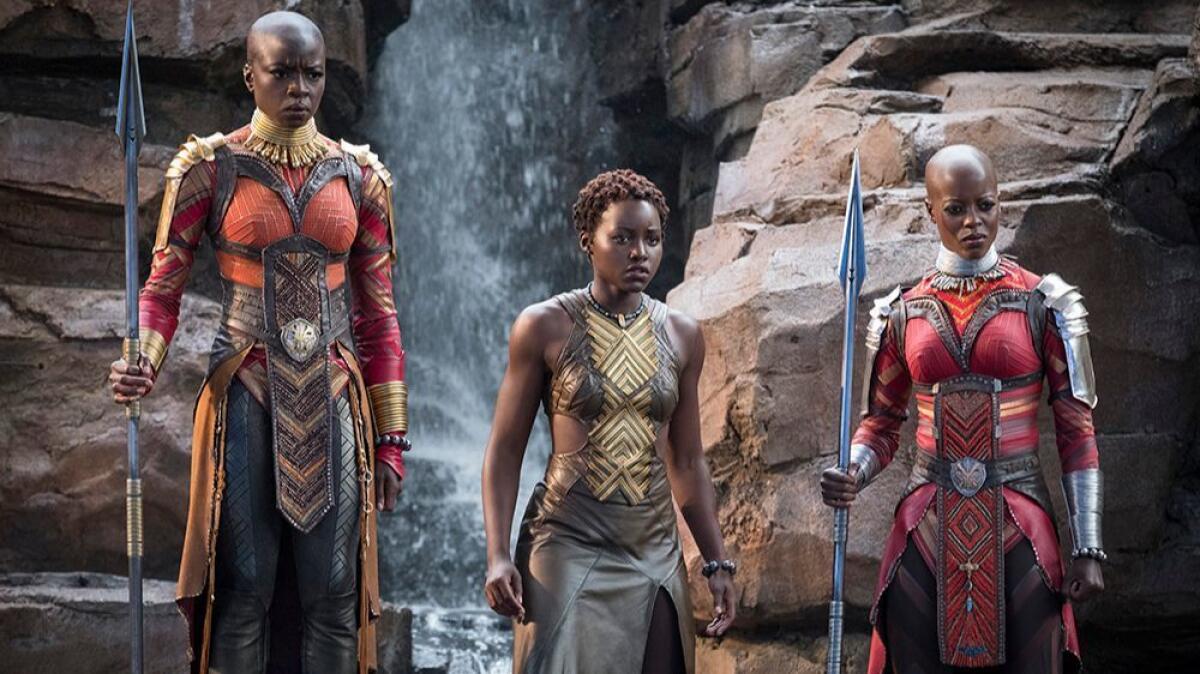
Style profile
Which brings us to the filmâs fashion, which cannot go ignored. On the academic website The Conversation, fashion scholar Henry Navarro Delgado writes not only about the importance of âBlack Pantherâsâ costuming but about the dressing of the cast at the filmâs premieres. All of it speaks to the importance of style as a form of expression.
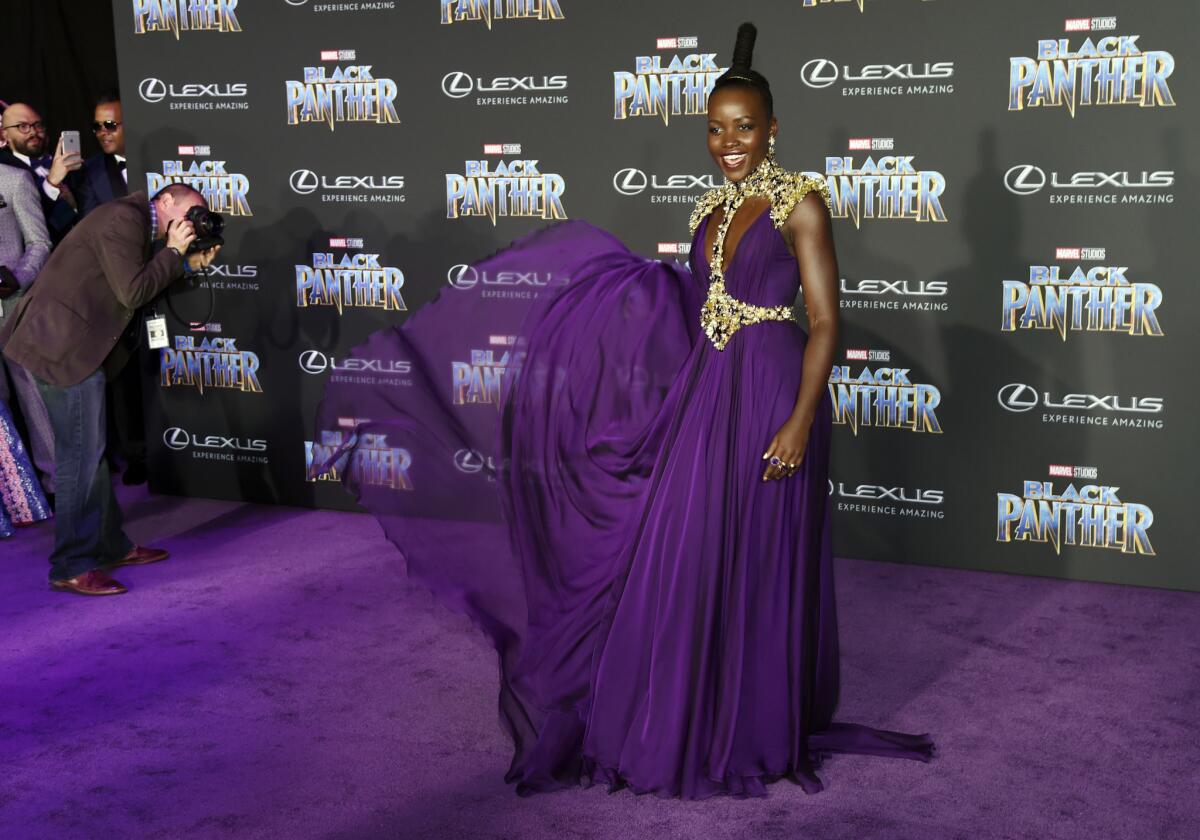
âDress style has long been one of few accessible forms of self-expression for North Americaâs marginalized groups,â he writes. âFor the African Diaspora in North America, dress has always had political connotations.â
The urbanism angle
Wakandaâs glimmering cityscape was bound to inspire some poetic waxing from the design nerds â so much so that Brentin Mock at Citylab has an entire roundup devoted to stories that explore the very narrow topic of Wakandaâs urbanism.
On Curbed, design writer Patrick Sisson examines the countryâs visual connections with the Afrofuturist aesthetic â connecting it to several decades worth of graphic design. ââBlack Panther,ââ he writes, âshows a sci-fi version of what a city designed by and for Africans could be.â
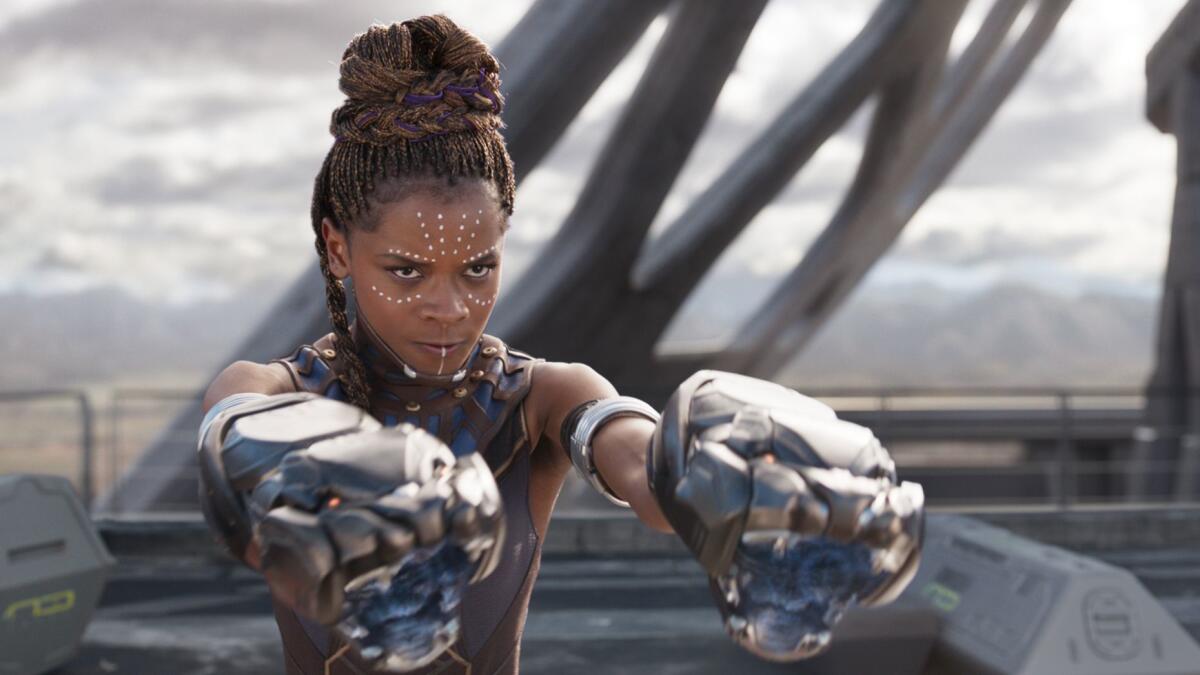
Meanwhile, on Citylab, transportation reporter Laura Bliss explores Wakandaâs streetcar system, which she deduces employs a magnetic levitation technology that allows cars to hover over the surface of the Earth as they travel at high speeds.
âMaglevâ technology, she notes, is real â it just hasnât been widely deployed. âRoutes have been proposed in the U.S. (most recently between Baltimore and Washington, D.C.),â she notes. âBut theyâre a tough sell, especially these days.â
Bliss also helpfully notes that the Wakandan train design was inspired by the the train cars of the Bay Area Rapid Transit â Coogler is from the Bay Area. Except, since this is fantasy, the trains always work.
Sign up for our weekly Essential Arts & Culture newsletter Âť
ALSO
Read director Ryan Cooglerâs emotional letter thanking âBlack Pantherâ fans
From a TMZ tour bus to a seat at the Oscars: My search for elusive celebrity culture in Los Angeles
The biggest entertainment stories
Get our big stories about Hollywood, film, television, music, arts, culture and more right in your inbox as soon as they publish.
You may occasionally receive promotional content from the Los Angeles Times.








